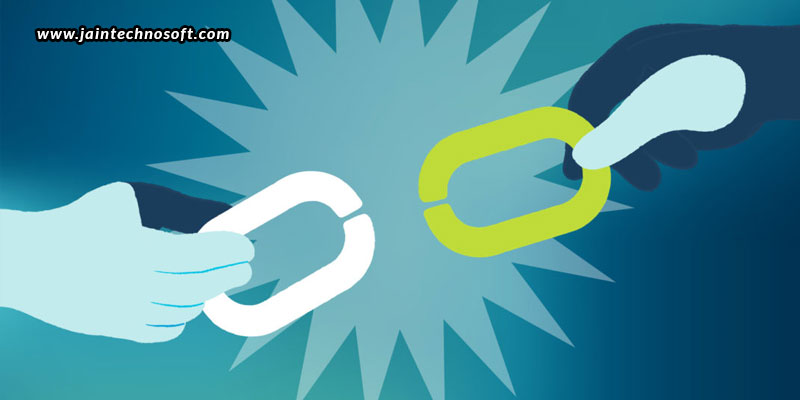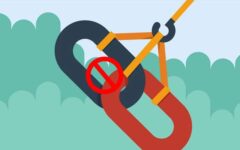Have you ever used the disavow tool? Not yet! Are you too scared to use it? Do you think using it could be a dangerous move? You aren’t alone. There are many who fear using this tool at all. But, if Google has come up with it, it definitely has to be for the best. So, instead of fearing it, ask your SEO company in Bangalore to use it. Just make sure to use it for the right links.
Before the Penguin 4.0 update, you would have to disavow links all the time. But, after the update, Google generally ignores most bad links.
ALSO READ: What To Do When A Google Algorithm Update Comes Up?
This is why it is suggested that majority sites don’t have to use the disavow tool. However, we say that Google ignores “most” bad links, not all. So, this also means that there are certain scenarios when you will really have to disavow your links. But, which ones could they be? We never know what Google will consider as a good link and which one a bad link; thus it is very dangerous to use the disavow tool. But, when you have to use it, you just have to; there is no way out! Let us tell you when you will generally have to use the disavow tool.
When you have penalties
Definitely, when you have manual penalties, disavowing the dodgy links can help Google trust the rest of your link profile a little more. While it is rare, Google may often provide sample links when you get a link penalty. Obviously, you won’t get all the links, but at least some of them. So, you can look for patterns in these sample links and understand what Google is considering as bad or spam. Include all these links in the disavow file.
When you have participated in link schemes
If you have paid to get links, it’s definitely a bad practice; and if Google finds out, you are in for trouble! You will not only lose rankings, but will also see a significant drop in traffic. So, if you have paid for links, exchanged links, or violated any of the Webmaster Guidelines, you definitely want to consider looking at them. Also, it could be possible that someone else has paid for the links on your site to bring you down; so, keep a check on those too.
When you have 404s
When you click on a link, and the page isn’t there, you would want to throw such 404s in the disavow file. The reason here is as there is no record of what the link was. Maybe, it was a spammy link. Maybe the link was trying to rank for something, and then, for whatever reason, the domain or page was removed. In any case, it is best to disavow such 404s.
In case of malware
When you click on a link and it gives you a red browser warning you of the site containing spam, or if your computer freezes on clicking the link, it is malware. Google definitely doesn’t want to see these types of links linking to a site. So, throw such malware into the disavow file.
In case of non-editorial links
Non-editorial links are those that the Webmaster hasn’t intentionally placed. These could be widgets, signature spam, forum spam, or dodgy links you control. The best judge for all of these is the anchor text. Look at the anchor text and find if the link has been optimized, if there is any potential benefit, if it can be controlled. If all the answers are a “Yes”, the link is a good candidate for the disavow file.
When there is bad neighbourhood spam
When bad immoral sites are linking to your site, you are having bad neighbourhood spam. You definitely don’t want these unhealthy links linking to you, whether or not Google ignores them. So, consider throwing these files into the disavow too.
With all of the above, you now know what is definitely bad, and obvious to be thrown into the disavow file. But remember, there is also danger in throwing too much in your disavow file too. So, just be careful! The best way to deal with it is leave it in the hands of a professional SEO company in Bangalore.




